In the summer of 2003, a devastating heatwave killed more than 70,000 people across Europe.
10 years of rapidly disentangling drivers of extreme weather disasters
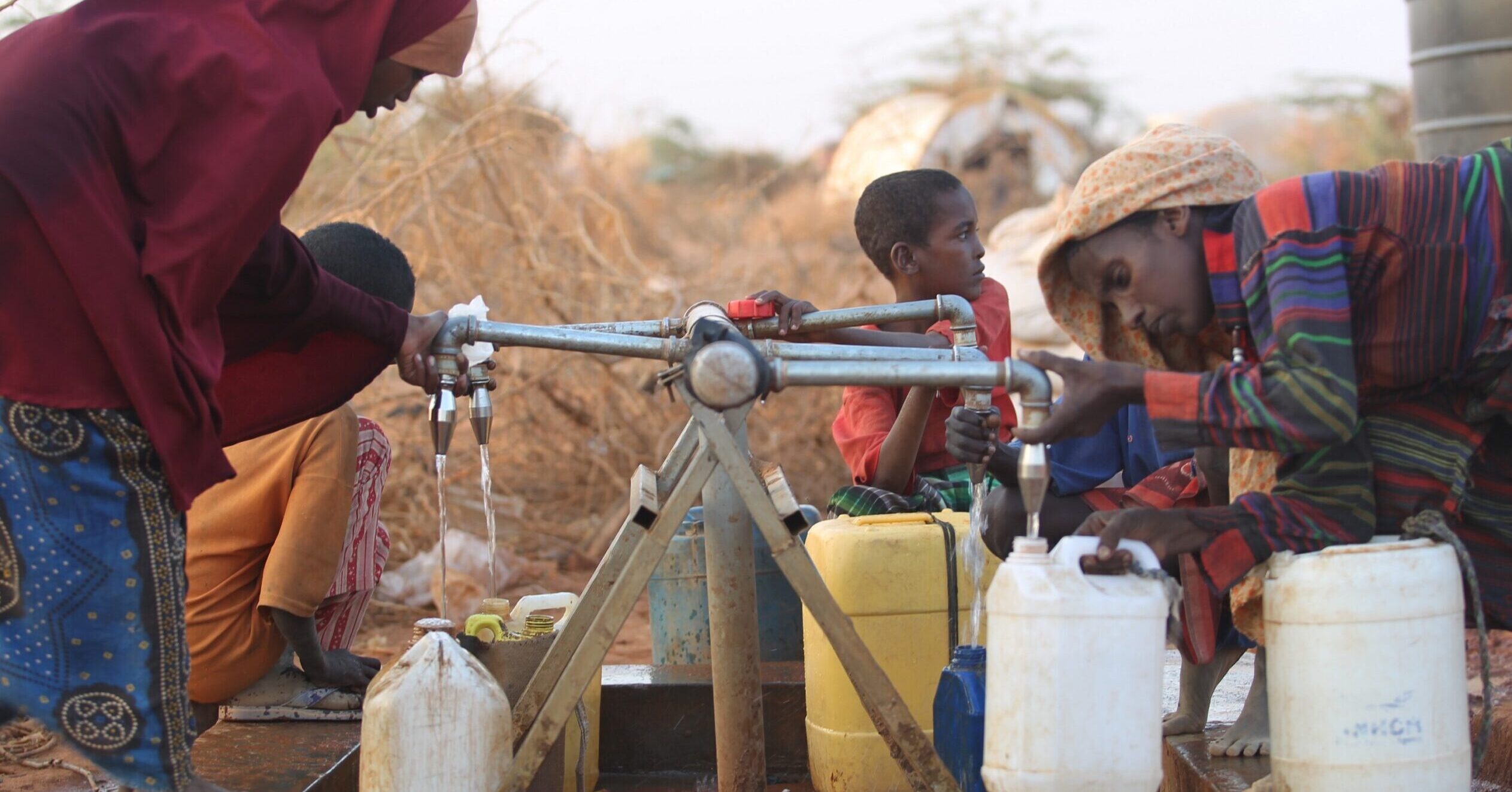
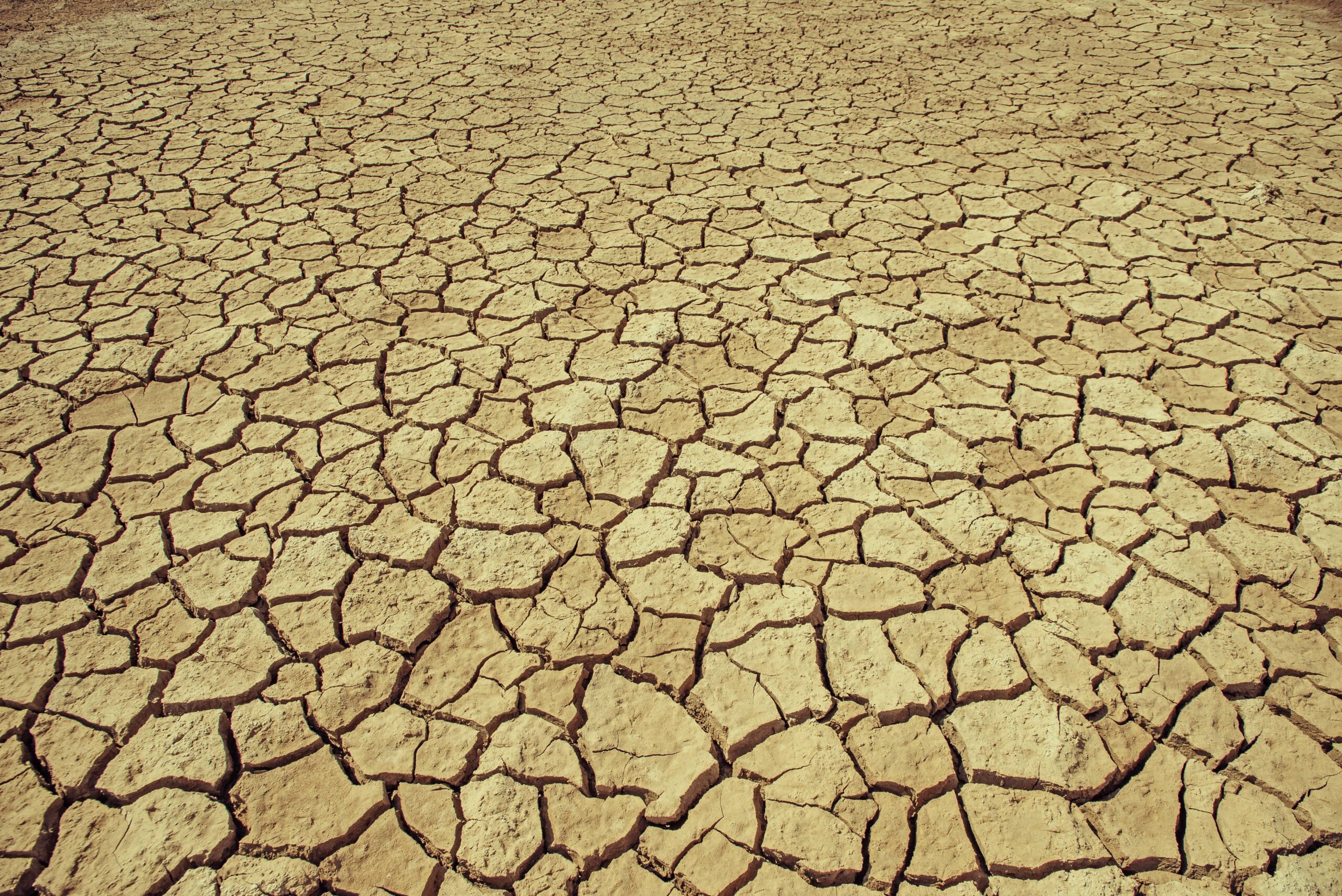

In the summer of 2003, a devastating heatwave killed more than 70,000 people across Europe.

Sicily and Sardinia, the two largest Italian islands, important centres of agriculture and tourism have suffered from exceptionally low rainfall and very high temperatures over the last 12 months, culminating in extreme drought conditions from May 2024 onwards
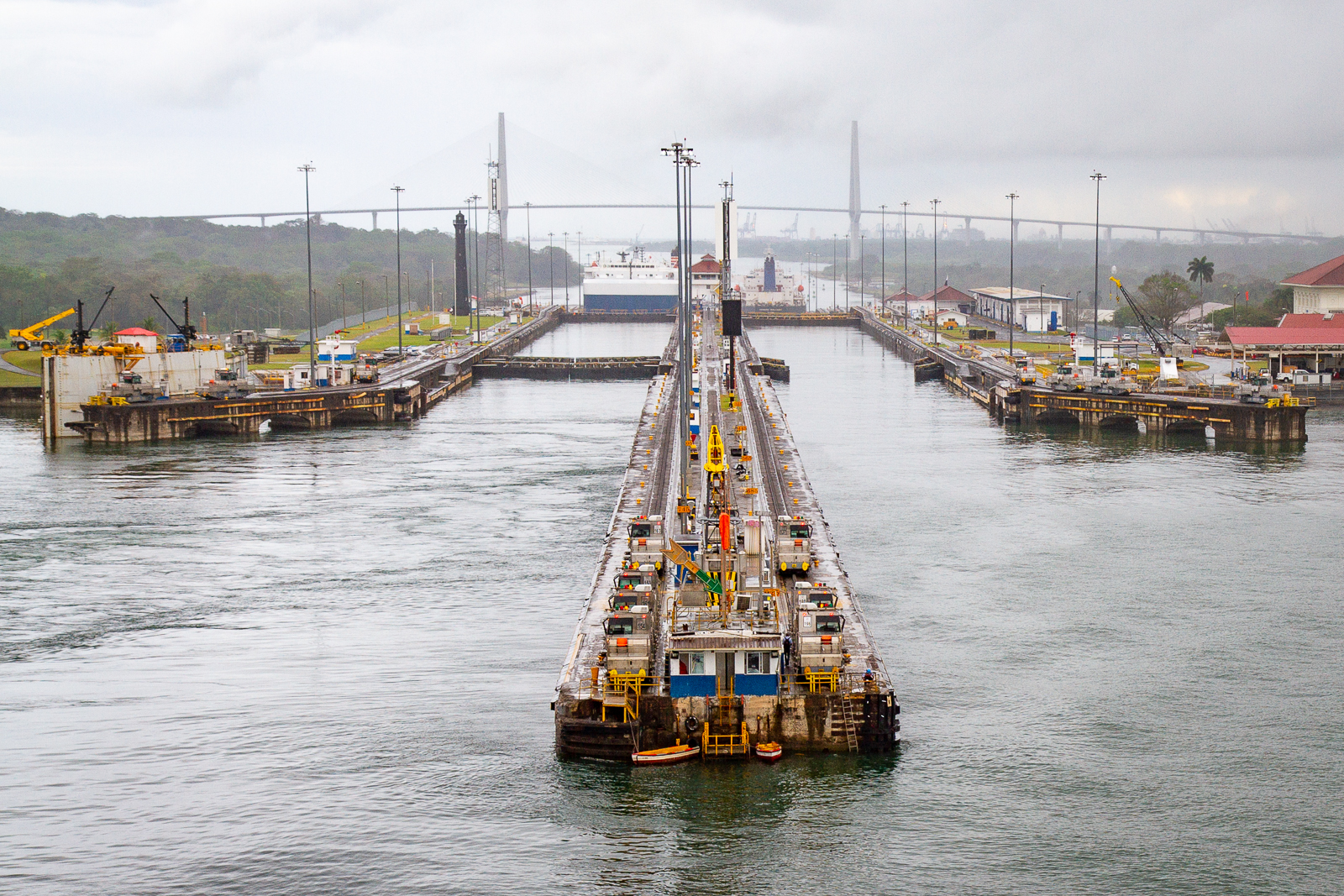
Since early 2023, the Republic of Panama has experienced one of the driest years on record. Precipitation from the area of the Panama Canal Watershed (PCW), source of 100% of the water used by the Panama Canal for its operations, was below average for all but one of the 8 months that make up Panama’s rainy season (May-December).
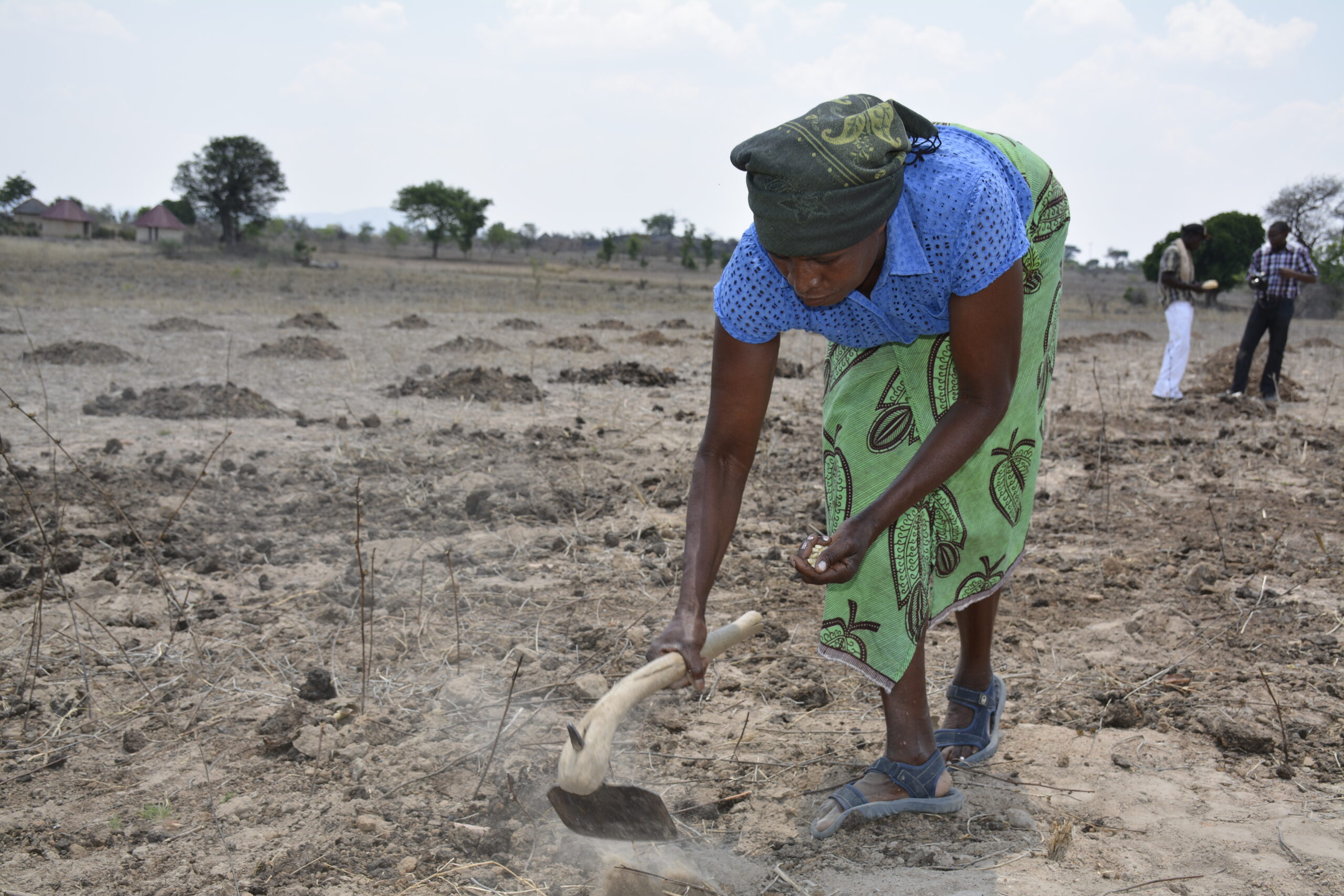
From January 2024, large parts of Southern Africa experienced significantly below average rainfall, with Zimbabwe, Zambia, Malawi, Angola, Mozambique and Botswana receiving less than 20 percent of the typical rainfall expected for February, with devastating consequences for the population largely depending on rainfed agriculture.
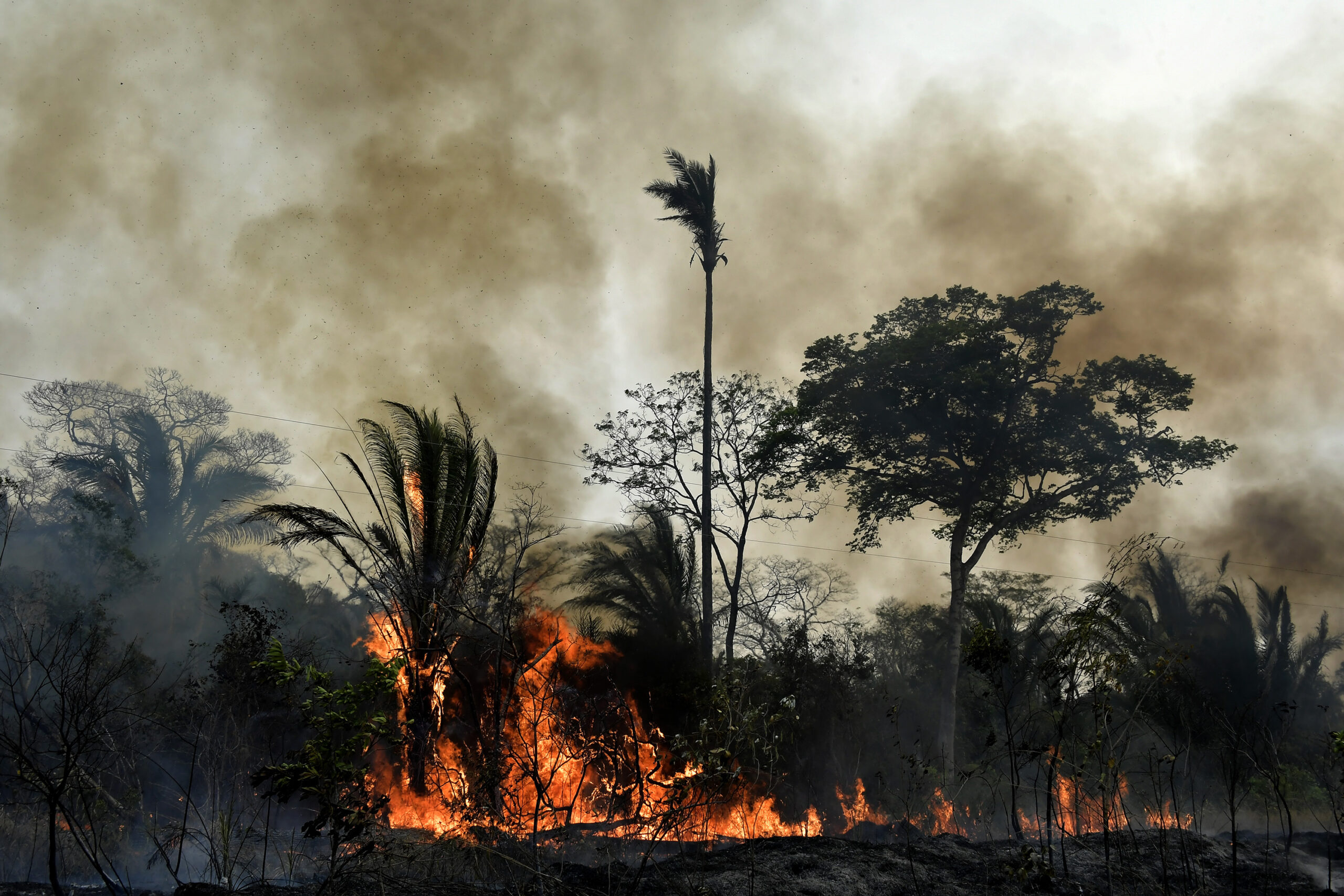
Since mid 2023 the Amazon River Basin (ARB) has been in a state of exceptional drought, driven by low rainfall and consistently high temperatures for the entire year 2023 across the basin.